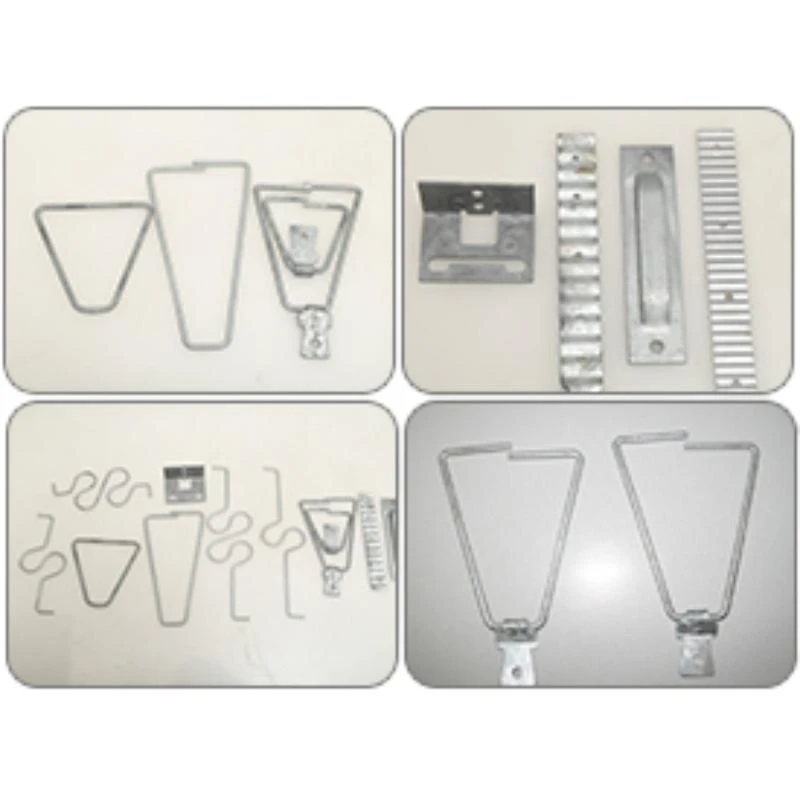
- Mobile Phone
- +8613931874955
- sales@cntcmetal.com
Versatile Applications of Chicken Wire Screens in Home and Garden Projects
The Versatility of Chicken Wire Screen A Practical Guide
Chicken wire screen, often referred to simply as chicken wire, is a type of mesh fencing that has become an indispensable tool in various applications, primarily in agriculture but also in domestic and industrial settings. Made from thin, flexible steel wires twisted together to form a diamond pattern, chicken wire is not just a practical choice for keeping chickens safe; it has evolved into a versatile solution for a range of tasks.
Historical Background
The origin of chicken wire dates back to the early 19th century. It was developed as an economical way to build enclosures for poultry, especially chickens, hence its name. Farmers soon recognized its potential beyond just poultry farming. Its lightweight, affordable, and durable characteristics made it an attractive choice for enclosing gardens, protecting plants, and even creating trellises for climbing vegetables.
Characteristics and Benefits
One of the primary benefits of chicken wire is its ease of use. It is readily available in various sizes and gauges, making it suitable for different needs. The lightweight nature of the material means it can be handled and installed without requiring specialized tools or equipment. Additionally, chicken wire is resistant to rust and corrosion when properly galvanized, ensuring a long lifespan even when exposed to the elements.
Moreover, chicken wire screens provide excellent ventilation, making them ideal for constructing compost bins or greenhouses. The spacing in the mesh allows air to flow freely while still keeping larger pests at bay. This feature is particularly important for gardeners and agricultural professionals who aim to enhance plant growth by maintaining optimal airflow.
chicken wire screen

Creative Applications
The versatility of chicken wire screen extends beyond traditional fencing. Arts and crafts enthusiasts have discovered its potential in creating unique home decor items. From picture frames to decorative wall art, chicken wire can be manipulated into various shapes and designs, providing a rustic charm that complements modern decor. DIY projects often use chicken wire for creating shadow boxes or even as a backing for hanging plants.
In addition to artistic endeavors, chicken wire serves practical household uses. For instance, it can be employed as a makeshift basket for collecting small items or even for organizing tools in a garage. Its lightweight structure allows for easy movement and repurposing. Homeowners often use it to reinforce insecure items, such as securing loose indoor or outdoor fixtures against potential damage.
Environmental Impact
Using chicken wire can also be considered an environmentally friendly option. Many manufacturers produce chicken wire from recycled materials, minimizing its ecological footprint. Furthermore, its durability means fewer replacements are needed over time, leading to less waste overall.
Conclusion
In conclusion, chicken wire screen is more than just a fencing material for poultry. Its rich history, coupled with its versatility, makes it an excellent choice for a myriad of applications, from gardening to artistic projects. Whether you are a farmer looking to protect your livestock, a gardener aiming to safeguard your plants, or a creative individual seeking a unique material for your next project, chicken wire offers a unique blend of utility and creativity. Embrace the possibilities that chicken wire screen brings to your life; its functionality and adaptability are sure to inspire innovation and practicality in your endeavors.
share:
-
Why Sacrificial Formwork Is Redefining Underground ConstructionNewsJun.06,2025
-
The Structural Dynamics of Modern Concrete: How Snake Spacers Revolutionize Flexible ReinforcementNewsJun.06,2025
-
Snake Spacers Smart-Lock Concrete Reinforcement with Surgical PrecisionNewsJun.06,2025
-
Snake Spacers: Reinforcement Precision for Modern Concrete ProjectsNewsJun.06,2025
-
Snake Spacers Powering Concrete's Structural DNANewsJun.06,2025
-
Slither into Success: Snake Spacers' Precision Bite for Unbreakable ReinforcementNewsJun.06,2025
-
Sacrificial Formwork: Building Stronger, Faster, and Safer StructuresNewsJun.06,2025



















